If you’ve ever visited a container terminal or watched footage of busy ports, you’ve likely seen large, imposing machines gliding across the yard, lifting and stacking shipping containers with precision. One of the most essential pieces of equipment in these logistics hubs is the rubber tyred gantry crane, commonly known as an RTG crane. But what exactly is it, and why is it so crucial to modern port operations? Let’s dive in and explore everything you need to know about this workhorse of the shipping industry.
For more information on rubber tire gantry cranes, please click: Portale con pneumatici in gomma (RTG) Gru

rubber tyred gantry crane for container

rubber tyred gantry crane for container
A rubber tyred gantry crane is a mobile lifting device designed specifically for handling and stacking intermodal containers in ports, cantieri per container, and other logistics facilities. Unlike its counterpart, IL rail-mounted gantry (RMG) gru, which runs on fixed rails, the RTG is equipped with large rubber tires—hence its name—that allow it to move freely across the yard. This mobility is one of its defining features, making it a flexible solution for container storage and retrieval.
RTG cranes typically stand tall, with a gantry (a bridge-like structure) supported by four legs, each fitted with tires. The crane’s lifting mechanism, including a hoist and spreader, is mounted on a trolley that travels along the length of the gantry beam. This setup enables the RTG to lift containers from the ground, camion, or other transport vehicles and stack them in neat rows and columns, maximizing the use of available yard space.

gru a portale con pneumatici in gomma
To understand how an RTG crane works, it’s helpful to break down its main components:
1. Trave a portale
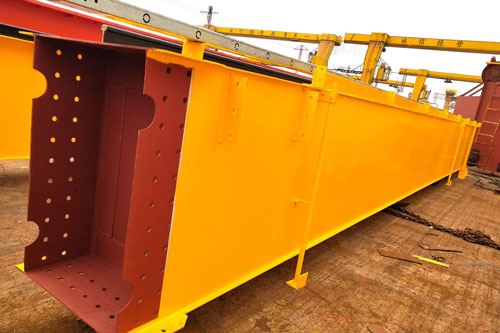
The horizontal beam that spans the width of the crane, providing the structure for the trolley to move along. It’s engineered to support the weight of the lifting mechanism and the containers being handled.
2. Legs
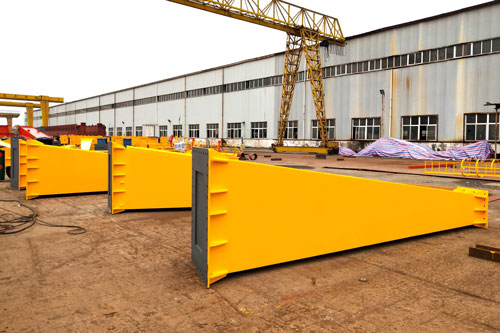
Four vertical legs that support the gantry beam and connect it to the tires. The legs are designed to be sturdy enough to bear the crane’s total weight, including the load, while also allowing for stability during movement.
3. Rubber Tires

Large, heavy-duty tires that enable the crane to move. These tires are often filled with foam or pressurized air to handle the immense weight and provide traction on various yard surfaces, from asphalt to concrete.
4. Hoist and Spreader
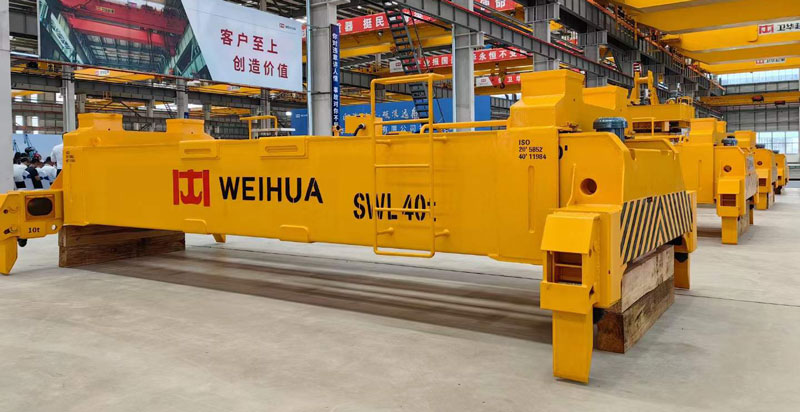
The hoist is the lifting mechanism that raises and lowers the load, powered by electric motors or diesel engines. The spreader is attached to the hoist and is designed to grip containers securely by their corner castings, ensuring safe lifting and stacking.
5. Carrello
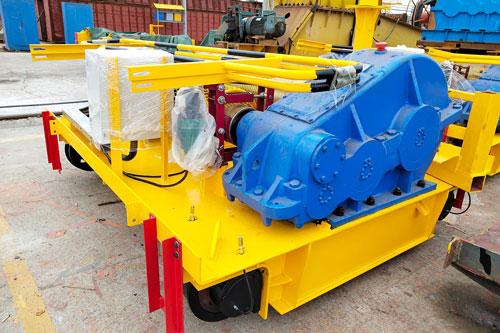
The part of the crane that moves along the gantry beam, carrying the hoist and spreader. It allows the crane to position the spreader precisely over containers, whether they’re on the ground or already stacked.
6. Control Cabin
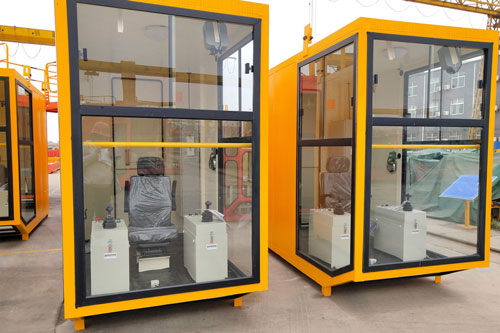
The operator’s station, usually located on one of the legs or on the gantry beam. It’s equipped with controls for moving the crane, operating the hoist, and adjusting the spreader, as well as safety features and monitoring systems.

The operation of an RTG crane is a coordinated process that combines mobility and precision. Here’s a step-by-step breakdown of its typical workflow:

Rubber tire gantry crane for ships
RTG cranes have become a staple in container yards for several key reasons, compreso:
While RTG cranes are most commonly associated with ports and container terminals, their utility extends beyond these settings. They’re also used in:
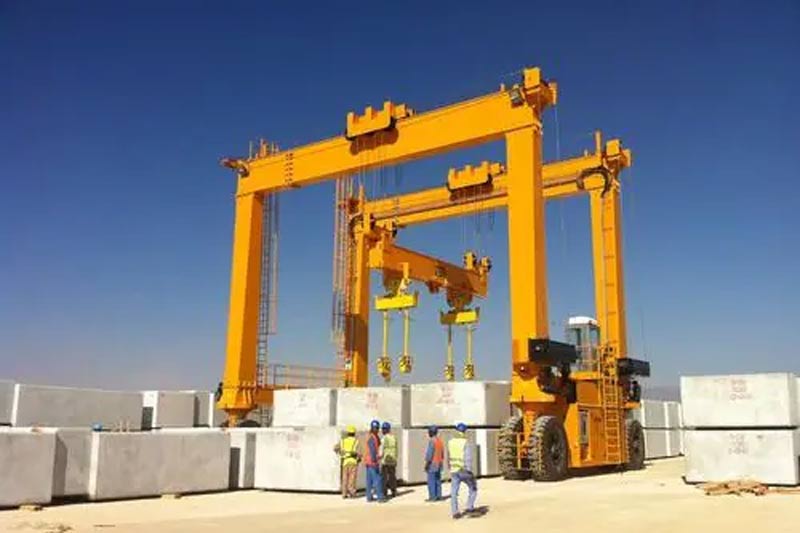
Like many pieces of industrial equipment, RTG cranes are evolving to meet the demands of a more sustainable and efficient logistics industry. Modern RTG models are increasingly electric-powered, replacing traditional diesel engines to reduce emissions and noise pollution. Some terminals are even adopting automated RTG (ARTG) gru, which can operate without human intervention, further improving efficiency and safety.
These advancements are helping ports and logistics facilities become more environmentally friendly and productive, ensuring that RTG cranes will remain a vital part of the global supply chain for years to come.
In summary, a rubber tyred gantry crane is a mobile, versatile lifting device that plays a critical role in container handling and storage. Its ability to move freely across yards, stack containers efficiently, and adapt to different needs makes it an indispensable tool in ports and logistics hubs worldwide. As technology continues to advance, we can expect RTG cranes to become even more efficient, sustainable, and integral to the smooth operation of the global shipping industry.
Condividi con PDF: Scaricamento


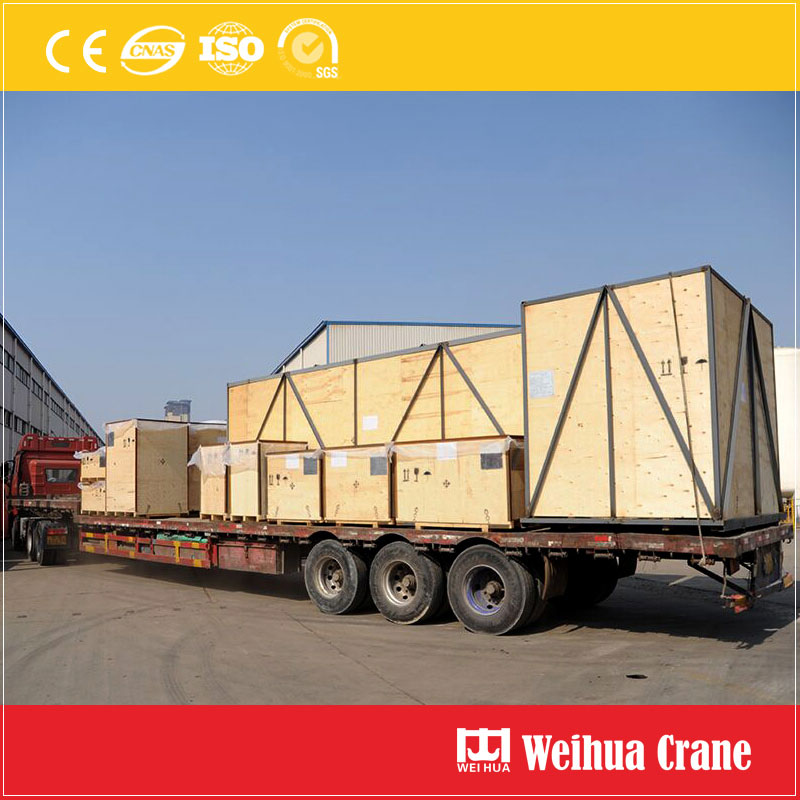
Apprezziamo il tuo feedback! Completa il modulo sottostante in modo da poter personalizzare i nostri servizi alle tue esigenze specifiche.


Fai clic sul pulsante per ottenere informazioni sul prodotto e citazioni su WhatsApp.
Ottieni una citazione
Ultimi commenti